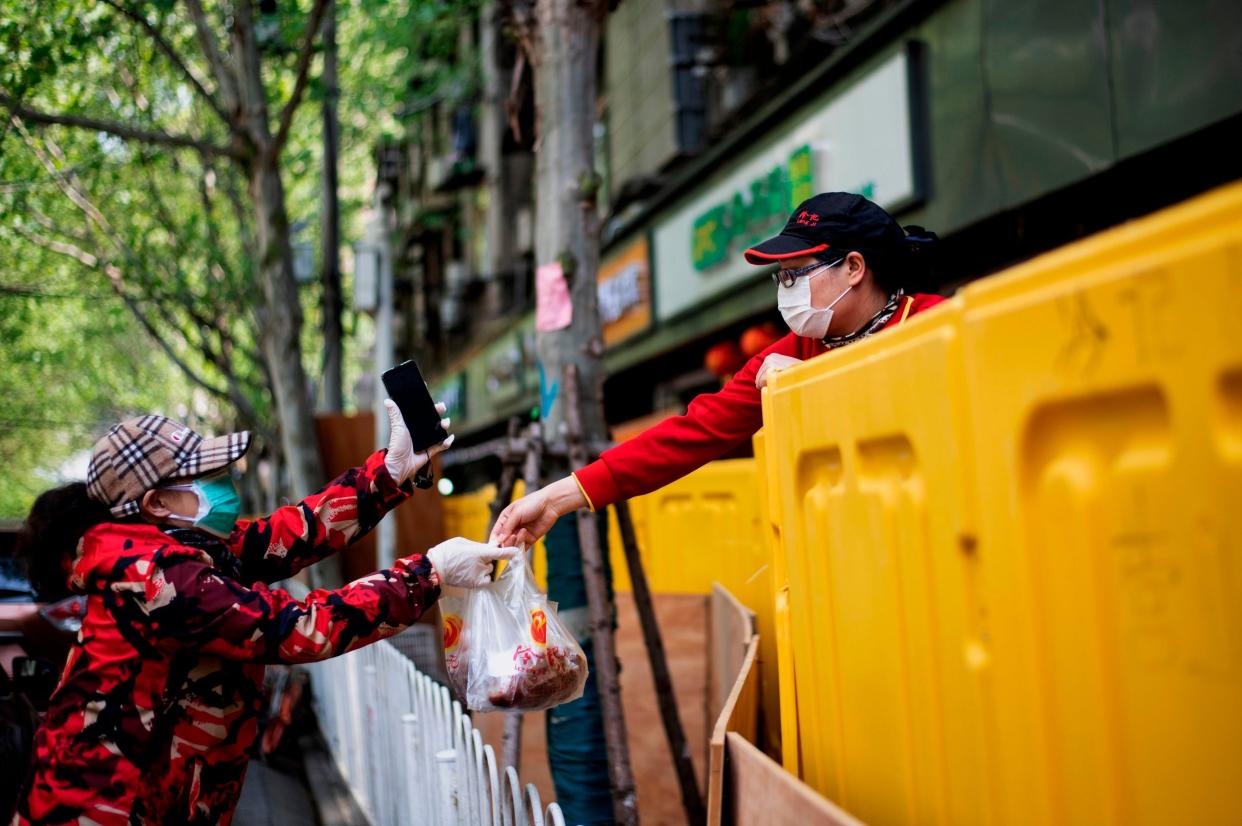Coronavirus: Lockdowns can’t end until Covid-19 vaccine found, study says

A new study based on China’s coronavirus trajectory has warned that countries wanting to lift lockdown restrictions and let life return to normal should maintain movement control measures until a vaccine against the virus becomes available.
Researchers in Hong Kong said the potential for a second wave of Covid-19 infections in China could increase “exponentially” if measures are relaxed too quickly and governments become complacent.
The study, published in The Lancet medical journal, used a model based on Covid-19 reproduction data from 10 Chinese provinces with the highest number of confirmed cases, as well as the confirmed case-fatality risk in all 31 provinces to determine the potential effects of relaxing lockdown measures after the first wave of infection.
Aggressive restrictions on daily life in China has been effective in reducing the number of coronavirus infections, with the average number of cases generated by a single infected individual falling to below one after lockdown measures were introduced.
But the potential for a second wave to arrive as the Chinese government begins to lift lockdown measures remains high.
Co-lead author Dr Kathy Leung, also from the University of Hong Kong, said: “We are acutely aware that as economic activity increases across China in the coming weeks, local or imported infection could lead to a resurgence of transmission.”
Health care capacities should also be prioritised by governments when implementing interventions, said members of the Wuhan Municipal Health Commission in response to the study.
“While the epidemic is growing exponentially, the health care system will face severe burdens,” wrote Shunqing Xu and Yuanyuan Li.
“Governments should act and prepare immediately to ensure that the health care system has adequate labour, resources and facilities to minimise the mortality risk of Covid-19.”
Researchers acknowledged limitations in their study, including that estimated reproductive numbers were based on the reported number of positive coronavirus cases, and that time and dates of symptom onset were not available for some provinces.
The study also did a limited number of simulations for relaxing lockdown measures and did not specify which interventions or public responses might correspond to each of these scenarios.
Additional reporting by agencies
Read more
Tracking the coronavirus outbreak around the world in maps and charts
When can we really expect coronavirus to end?
Everything you need to know on supermarket delivery slots
The dirty truth about washing your hands
Listen to the latest episode of The Independent Coronavirus Podcast
Watch the latest videos from Yahoo UK


